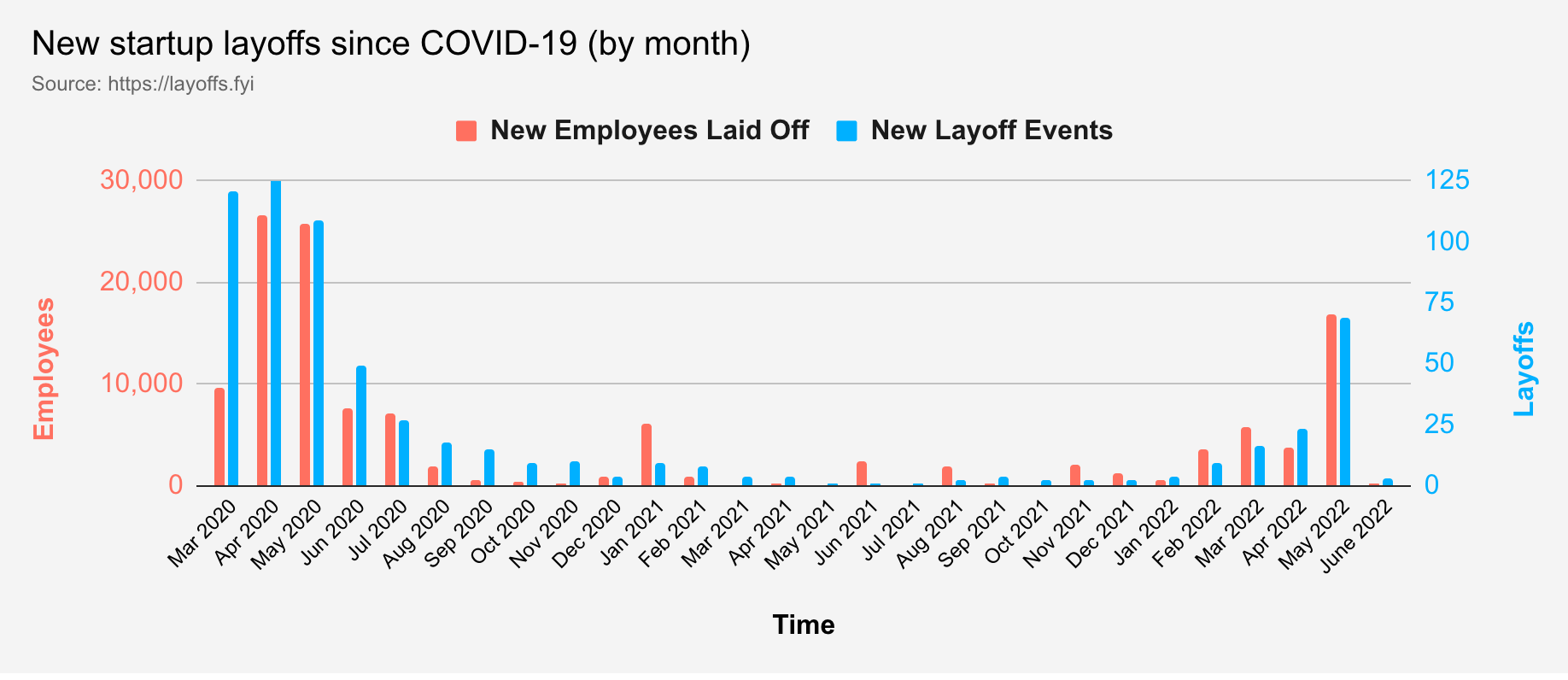I bought the Sinn u50 automatic watch in February 2022 and have worn it every day since.
What I was looking for was simple—a way to tell the time and date that doesn’t constantly send me notifications or need to be charged. I want to admire the analog engineering of an automatic mechanical watch. I want it to look good for the kind of lifestyle I have—casual, functional, understated, and maybe ready for adventure.
The Sinn u50 ticks the boxes and appeals to me in a way that no other watch has yet. It looks really good and I enjoy looking at it every day.
It’s so totally overbuilt in a way that I can appreciate. It’s a time fortress sitting on your wrist that is reassuring. The Sinn u50 makes you feel a little bit invincible.
Three-month review
After three months, what do I think of the Sinn u50? I still get excited to wear it and it’s held up as advertised—not a single scratch so far. Now that I’ve adjusted the bracelet, it’s very comfortable and I forget that it’s on my wrist. I even wear it overnight so I can check the time when I wake up in the middle of the night.
I see much more clearly how brutalist the design is. It’s so dull (bead-blasted matte finish) and the steel is a darker gray that somehow makes it even less conspicuous. I can see the need for having a dressier watch especially after going to a fancy event and deciding not to wear Sinn u50.
Six-month review
The Sinn u50 has been on my wrist continuously for about 6 months now. Still no wear, no scratches, and it looks brand new.
At this point, I’ve purchased a few straps to try out from Nick Mankey Designs. This is a nice change of pace from the metal bracelet and extremely comfortable. I’ll probably keep playing around with new straps to keep things interesting.
I did a little bit of traveling with it. I went to New York City, explored the Oberland of Switzerland, and went to Hawaii. The Sinn u50 felt out of place only a handful of times at a fancy dinner or wedding. In Hawaii, it was great to not worry about it in the water and heat.
The design still feels great to me. Very unique but understated. Doesn’t work in every situation but most. I am starting to eye the Explorer I after trying it on in Switzerland so we’ll see if that starts to change my opinions.
Twelve-month review
Now that I’ve had the Sinn u50 for a year and I’ve worn it almost every day since getting it. Everything I wrote earlier is still true—I love the design, there are still no visible signs of wear, and I’ve taken it with me just about everywhere.
So what’s different? In September, I received the Cartier Tank Must as a gift. The two watches complement each other perfectly. The Cartier Tank is the exact opposite of the Sinn u50—elegant, classic design, white dial, square case, and compact. The pairing addresses one of the few issues I have with the Sinn u50, it doesn’t fit well in situations that require a dress watch.
My taste in watches has not changed much, despite visiting the Phillipe Patek Museum in Geneva, Switzerland. After a year on the wrist, I still think the Sinn u50 is going to be a classic it it’s own right—unapologetic in its modern design and rooted in utility.
